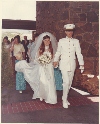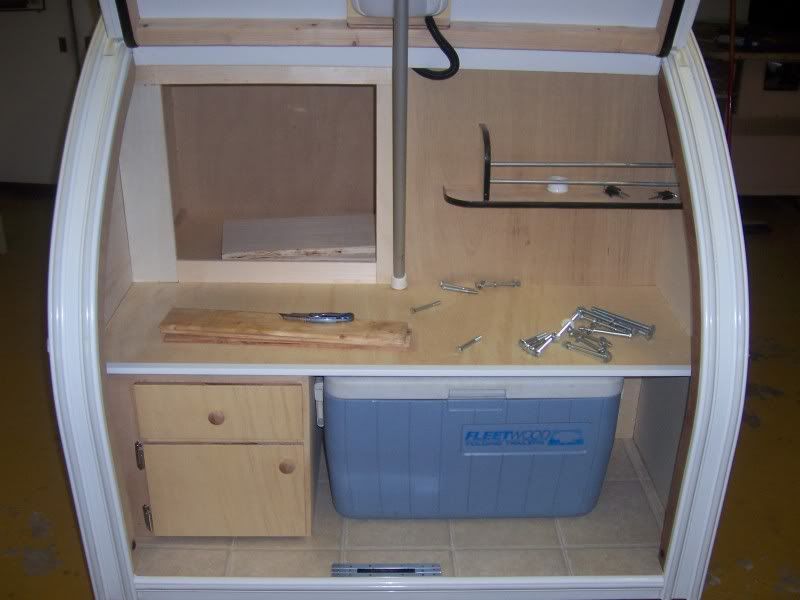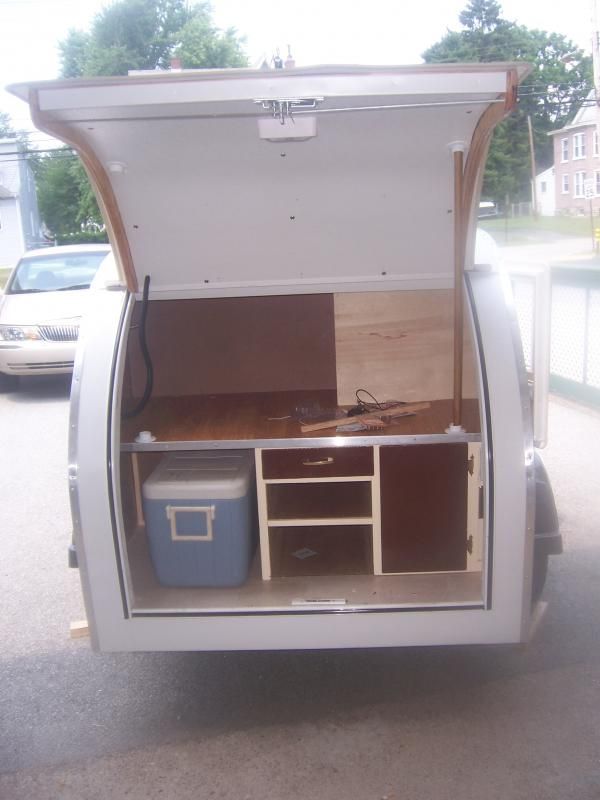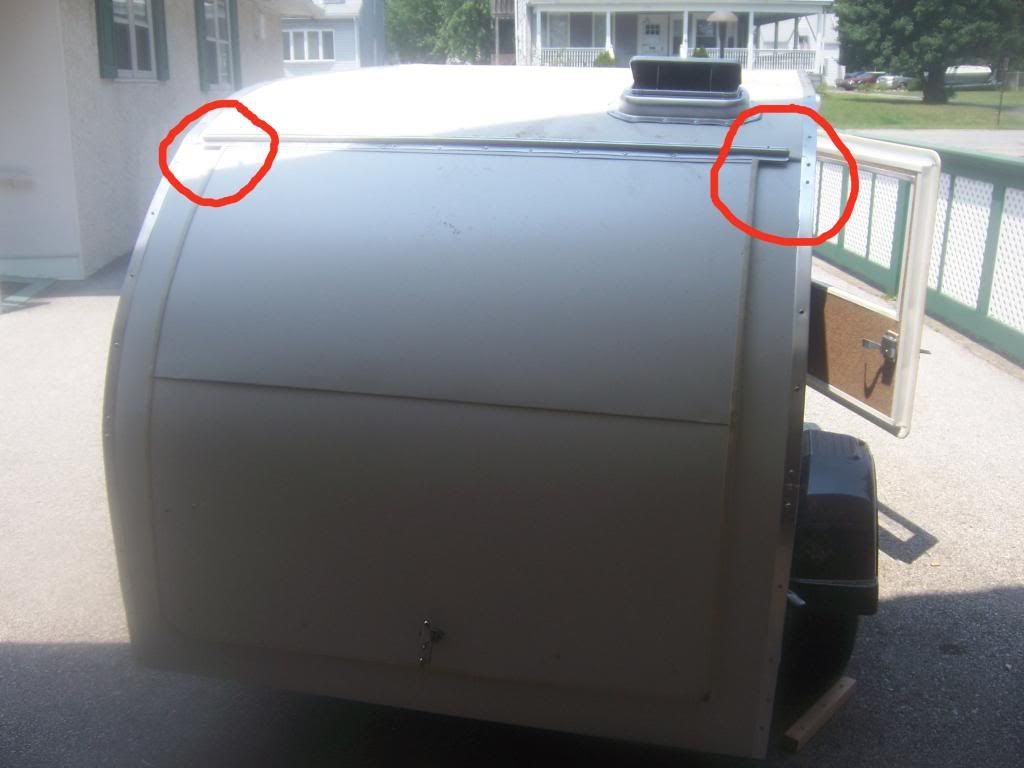
Hatch Braces - Is this Overkill
26 posts
• Page 2 of 2 • 1, 2
Re: Hatch Braces - Is this Overkill
Well, well, well, if we do the math, a 3/4 x 3 inch deep rib is actually 8x more resistant to bending than a 3/4 x 1-1/2 inch deep rib. 

KC
My Build: The Poet Creek Express Hybrid Foamie
Poet Creek Or Bust
Engineering the TLAR way - "That Looks About Right"
TnTTT ORIGINAL 200A LANTERN CLUB = "The 200A Gang"
Green Lantern Corpsmen
My Build: The Poet Creek Express Hybrid Foamie
Poet Creek Or Bust
Engineering the TLAR way - "That Looks About Right"
TnTTT ORIGINAL 200A LANTERN CLUB = "The 200A Gang"
Green Lantern Corpsmen
-

KCStudly - Donating Member
- Posts: 9640
- Images: 8169
- Joined: Mon Feb 06, 2012 10:18 pm
- Location: Southeastern CT, USA
Re: Hatch Braces - Is this Overkill
KCStudly wrote:Well Gus, technically we are both wrong.
The formula for a rectangular shape rib is: Moment = (width x height^3 (cubed)) / 12
So the answer is, "it depends". I may have exaggerated, but it is more than double.
Then a 1X1 would be 1X1X1X1 / 12 or 1/12th
A 1X2 would be 1X2X2X2 /12 or 8/12 th's or eight times as strong.




Given the proportions, the calculations for a 1.5 and 3 inch beams would be similar at 8 times stronger.
Cheers,
Gus
The opinions in this post are my own. My comments are directed to those that might like an alternative approach to those already espoused.There is the right way,the wrong way,the USMC way, your way, my way, and the highway.
"I'm impatient with stupidity. My people have learned to live without it." Klaatu-"The Day the Earth Stood Still"
"You can't handle the truth!"-Jack Nicholson "A Few Good Men"
"Some people spend an entire lifetime wondering if they made a difference in the world. The Marines don't have that problem"-Ronald Reagan
"I'm impatient with stupidity. My people have learned to live without it." Klaatu-"The Day the Earth Stood Still"
"You can't handle the truth!"-Jack Nicholson "A Few Good Men"
"Some people spend an entire lifetime wondering if they made a difference in the world. The Marines don't have that problem"-Ronald Reagan
-

eamarquardt - Silver Donating Member
- Posts: 3179
- Images: 150
- Joined: Sat Nov 11, 2006 11:00 pm
- Location: Simi Valley, State of Euphoria (Ca)








